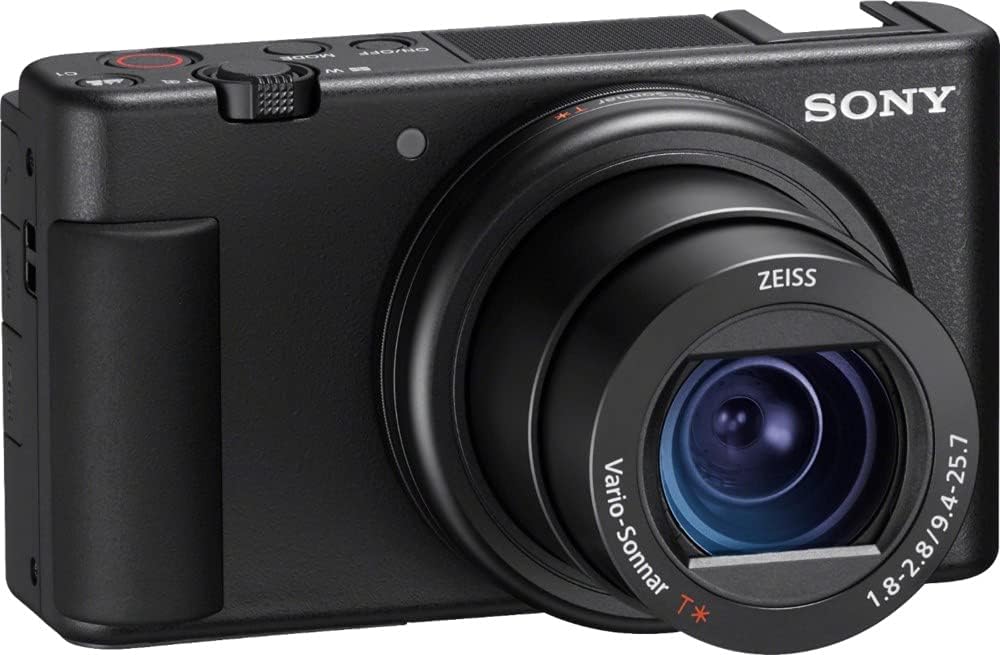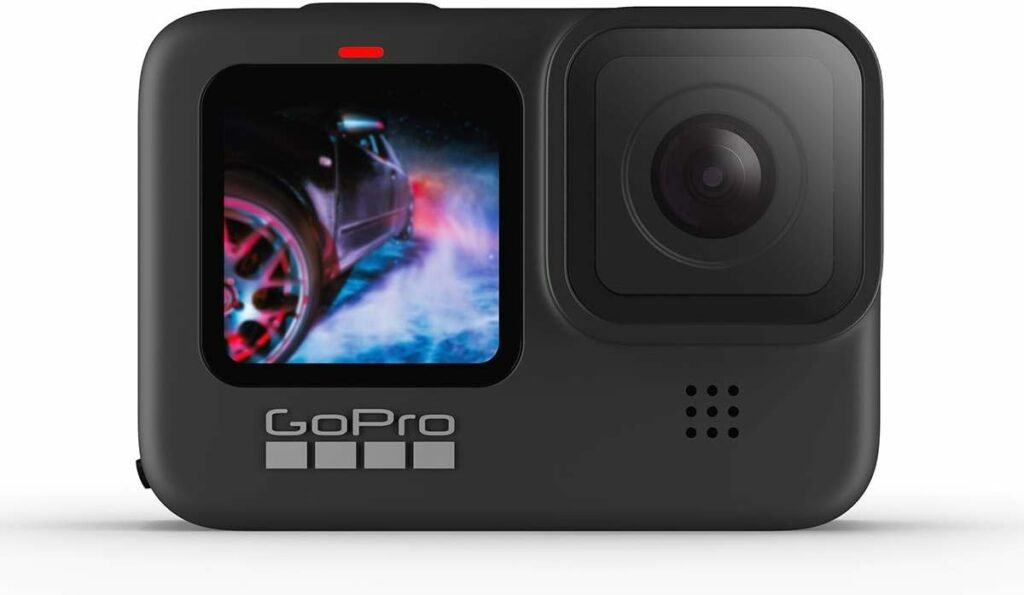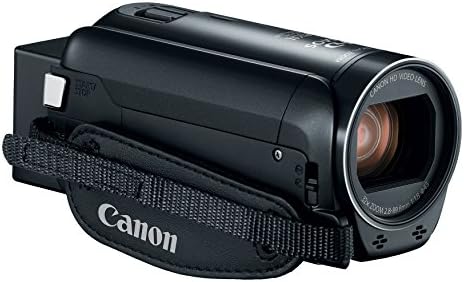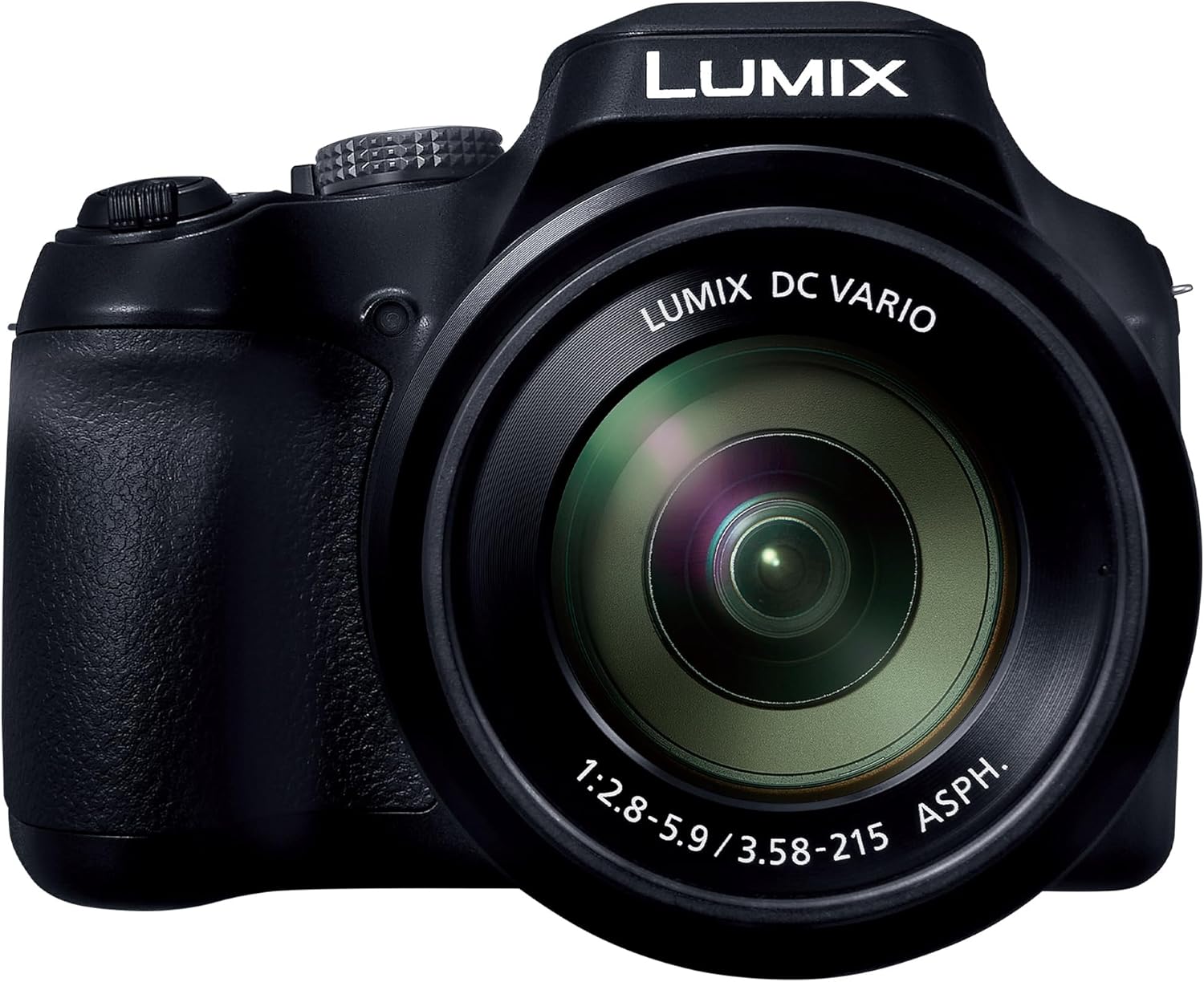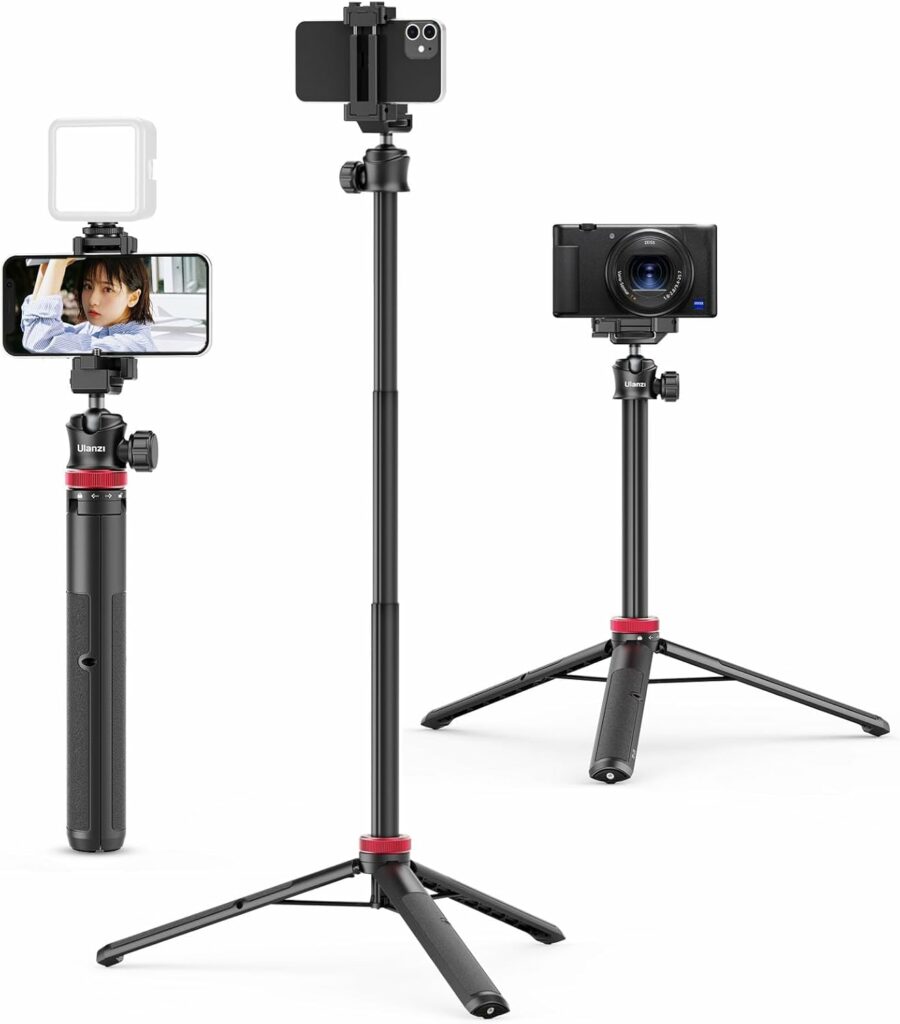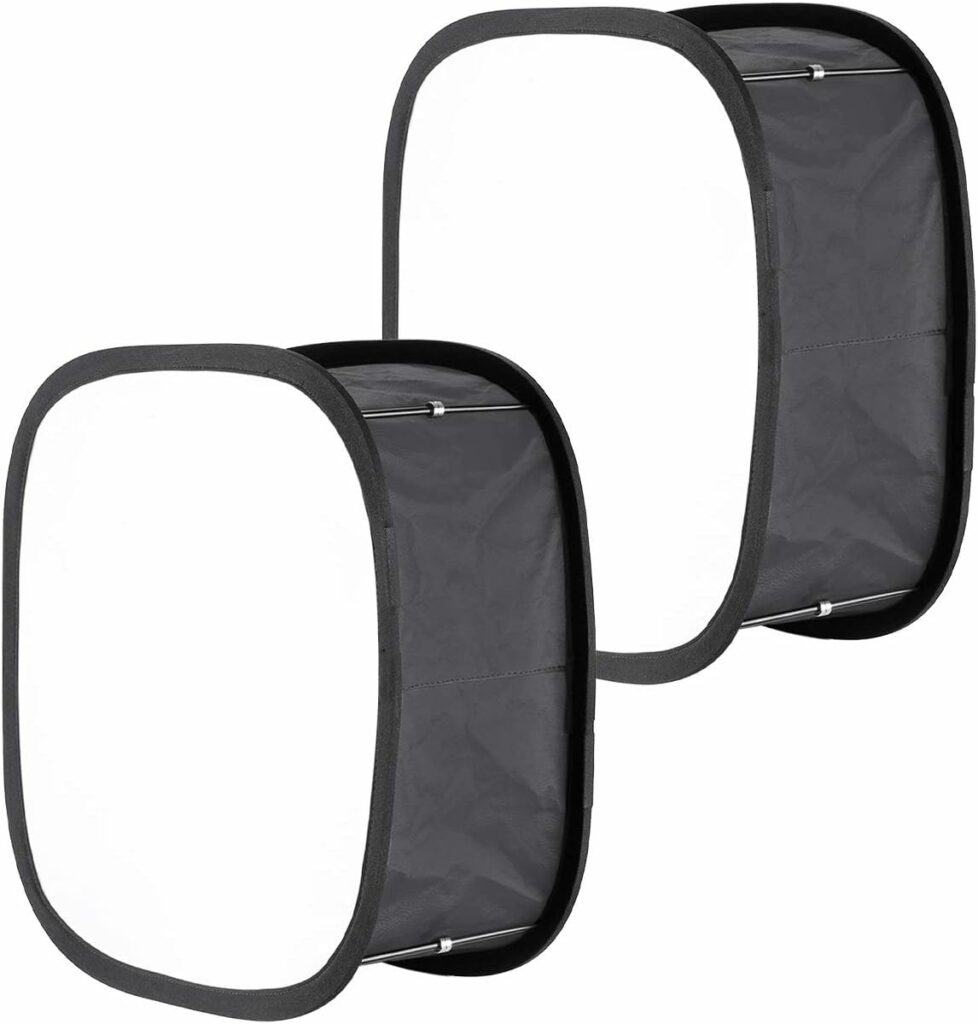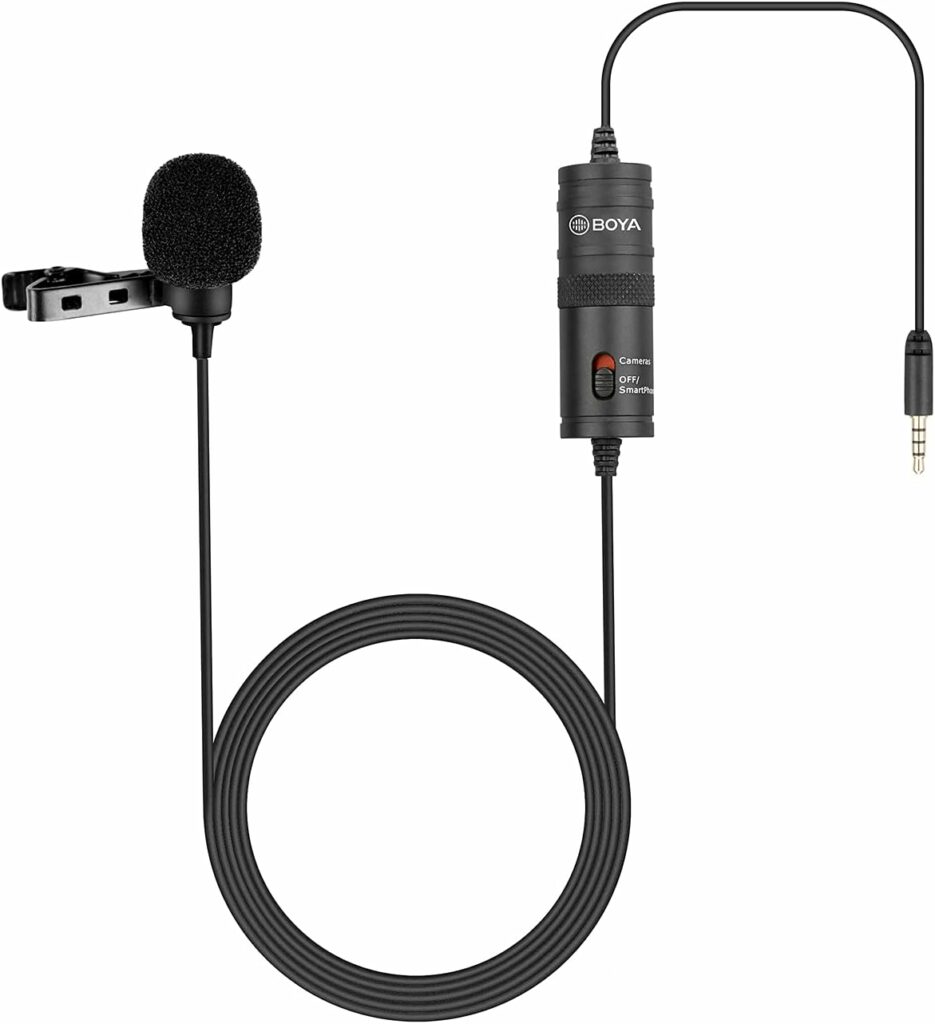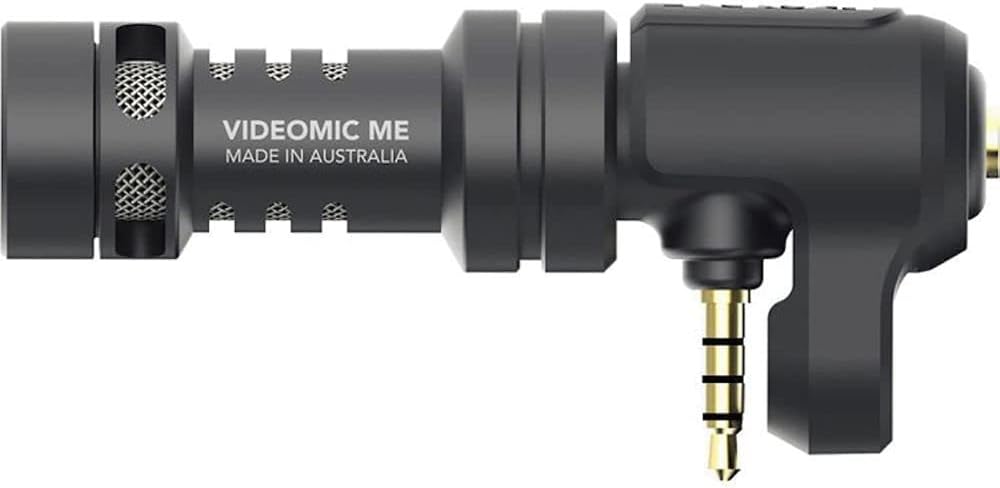In today’s digital world, video content is king. Whether you’re a small business owner, content creator, educator, or entrepreneur, videos are a powerful way to capture attention and connect with your audience. But producing videos can seem intimidating, especially when you’re on a tight budget.
QUICK LOOK: – Tips for Producing High-Quality Video Content on a Budget
- Prior Proper Planning: Producing high-quality video content on a budget is achievable with careful planning and resourcefulness. Key strategies include leveraging free or low-cost tools, maximizing existing resources, focusing on storytelling, and optimizing for different platforms.
- Budget-Friendly Equipment: Modern phones shoot in 4K and slow-mo and have great built-in stabilization. Use camera apps like Filmic Pro or Open Camera to unlock manual controls. Stabilize shots using books, tripods, or even a mug. The best camera is the one you already have.
- Low-Cost Lighting: Natural light is free and beautiful. Film near windows or outdoors during the “golden hour” (early morning or late afternoon) for soft, flattering light. Use household items like white sheets or parchment paper to diffuse harsh light from lamps or create softbox-like effects.
- Sound Equipment: Audio is more important than video quality. You could have a gorgeous video, but if your sound sucks, viewers will drop like flies. Good audio = trust and professionalism.
- Scene and Locations: Utilize your home, backyard, neighborhood, or public spaces that fit your video’s theme and purpose. Ensure you have permission to film and respect any rules or regulations. Take advantage of what’s already on hand at your chosen location. Use solid-color walls or hang a bedsheet for a clean look. Add personal flair with books, plants, or lights.
- Free & Low-Cost Editing: DaVinci Resolve and HitFilm Express are professional-grade options with free versions, while tools like CapCut and InShot are great for beginners and mobile editing. Sites like OpenShot and Blender offer effects and animations without licensing fees.
- Use Stock Images and Video Clips: Websites like Pexels, Pixabay, and Videezy offer free high-quality footage to add visual flair. Tools like OBS Studio or Loom let you record your screen for tutorials or walkthroughs—super useful and free.
- Leverage AI Tools: Use tools like ChatGPT for scripting, Submagic or VEED.IO for captions, and auto-generate subtitles with tools like Kapwing, Clideo, or YouTube Studio.
- Repurpose Existing Content: Cut longer videos into shorter clips for social media, or use screenshots from your videos in other content formats. Split one long video into reels, shorts, teasers, and behind-the-scenes content. Film multiple videos in one session to save time and reduce equipment wear.
Creating stunning video content used to be something only brands with deep pockets could manage. But times have changed—and the tools are now in your hands (literally, if you’re holding a smartphone). Whether you’re a solo creator, a small business owner, or a marketer on a shoestring budget, high-quality video production is well within reach. With the right strategy, smart tools, and a little creativity, you can create videos that look and sound professional while keeping costs low.
Why Quality Video Content Matters
Let’s be real—people judge content by how it looks and sounds. If your video looks like it was shot in a cave with a potato, chances are it’s getting skipped. Great-looking video not only builds trust, but it also increases watch time, shares, and engagement.
The Myth of High Cost = High Quality
You don’t need a $5,000 camera and a Hollywood crew. Creativity, planning, and a few smart purchases go a long way. Budget content can still go viral and look amazing if done right. Let’s walk through everything you need to know to produce high-quality video content on a budget.
Planning Is Everything
Producing high-quality video content on a budget is achievable with careful planning and resourcefulness. Key strategies include leveraging free or low-cost tools, maximizing existing resources, focusing on storytelling, and optimizing for different platforms. By focusing on these areas, you can create compelling videos without breaking the bank.
- Define your goals and target audience: Understand the purpose of your video (educating, promoting, entertaining) and who you are trying to reach. Start by asking Who am I talking to, and What do I want them to do? Whether it’s to teach, entertain, or sell, being clear from the start keeps your message focused.
- Create a compelling script/storyboard: A strong story and clear message can be more impactful than expensive visuals. This also helps streamline the filming process and avoid reshoots, saving time and money. Don’t wing it. Jot down your main points, opening hook, and call to action. Speak conversationally like you’re chatting with a friend.
- Plan your shots: Storyboarding or creating a detailed shot list helps you visualize the final product and capture the necessary footage efficiently. You don’t need fancy software—use paper, sticky notes, or free tools like Canva to sketch out scenes. This will save you tons of time when filming.
Budget-Friendly Equipment Choices
- Use your smartphone: Modern smartphones can capture high-quality video (often up to 4K), especially the back camera.
- Invest in good audio: Poor audio can ruin an otherwise excellent video. A decent microphone, such as a lapel mic or shotgun mic, can significantly improve sound quality without breaking the bank. Wired earbuds with a mic can even be a budget-friendly option.
- Stabilize your shots: A tripod or even improvised solutions like books and boxes can help avoid shaky footage and achieve a professional look.
- Consider clip-on lenses: For specific shots like wide angles, a clip-on lens adapter for your phone can be a cost-effective alternative to more expensive camera equipment.
- Prioritize quality: If you’re going to splurge on one thing, make it a good microphone, as clear audio is crucial.
Modern phones shoot in 4K and slow-mo and have great built-in stabilization. Use camera apps like Filmic Pro or Open Camera to unlock manual controls. Stabilize shots using books, tripods, or even a mug. The best camera is the one you already have.
Best Settings for Shooting with a Phone
- Use the rear camera for higher quality.
- Shoot in landscape unless you’re targeting TikTok/Reels.
- Lock focus and exposure for consistent lighting.
Affordable Cameras That Don’t Break the Bank
You don’t need a DSLR to shoot great video. Budget-friendly options like:
Tripods and Stabilizers for Smooth Shots
Lighting on a Shoestring
- Utilize natural light: Natural light is free and beautiful. Film near windows or outdoors during the “golden hour” (early morning or late afternoon) for soft, flattering light.
- DIY lighting hacks: Use household items like white sheets or parchment paper to diffuse harsh light from lamps or create softbox-like effects. White poster boards can also be used as reflectors to fill in shadows. Use a car windshield sun reflector = free bounce light
- Experiment: Play with shadows, angles, and colors (using colored light sources or filters) to create different moods and visual interest.
Best Cheap Lighting Kits Online
Affordable Audio Solutions: The Secret Ingredient to Great Videos
Why Bad Audio Kills Good Video: Audio is more important than video quality. You could have a gorgeous video, but if your sound sucks, viewers will drop like flies. Good audio = trust and professionalism. USB mics like Blue Snowball are great for voiceovers and can drastically improve your sound.
Budget Microphones That Deliver Quality
Free Tools to Clean Up Audio
- Audacity (free audio editor)
- Krisp (free noise cancellation app)
- Use pillows, blankets, or thick curtains to reduce echo.
- Record in a closet or car for natural dampening!
Setting the Scene Without Spending
- Choose accessible locations: Utilize your home, backyard, neighborhood, or public spaces that fit your video’s theme and purpose. Ensure you have permission to film and respect any rules or regulations.
- Be minimalist: A simple backdrop can be effective. Take advantage of what’s already on hand at your chosen location.
- Declutter your space. Use solid-color walls or hang a bedsheet for a clean look. Add personal flair with books, plants, or lights.
- Thrift stores, your home, or nature offer plenty of props. Even simple items like mugs or stationery can add depth to your set.
Filming Techniques That Don’t Cost a Dime
Camera Angles and Stability Tricks: Eye-level shots build trust. Try over-the-shoulder, close-ups, and B-rolls. Use a stack of books as a tripod substitute.
Using Free Shooting Apps: Apps like Open Camera (Android) or ProCamera Lite (iOS) offer manual focus, exposure, and white balance settings for free.
Free & Low-Cost Video Editing Software
- Utilize free or low-cost editing software: DaVinci Resolve and HitFilm Express are professional-grade options with free versions, while tools like CapCut and InShot are great for beginners and mobile editing.
- Edit with intention: Focus on improving the flow and pacing of your video, ensuring it’s concise, coherent, and engaging. Add jump cuts for pacing. Use zooms/pans to keep attention.
- Remove distractions: Eliminate background noise and unnecessary footage.
- Enhance your story: Add music, sound effects, transitions, titles, and graphics where appropriate to enhance the narrative. Cut out dead air. Use free music from the YouTube Audio Library or Pixabay.
- Optimize your video: Ensure your video is the right size and format for your chosen platform. Consider adding subtitles for accessibility. Add captions with CapCut or VEED. Keep transitions minimal and clean. Add branding with free logo overlays and consistent fonts.
Best Free Editing Software
- DaVinci Resolve (PC/Mac)
- CapCut (Mobile/Desktop)
- iMovie (Mac/iPhone)
- Shotcut – Simple but powerful
- Openshot
Adding Effects and Transitions for Free
Use royalty-free sites like:
- Pixabay
- Mixkit
- YouTube Audio Library
Open-Source Resources
Sites like OpenShot and Blender offer effects and animations without licensing fees.
Using Stock Footage and Templates
- Use Free Stock Footage and B-Roll: Websites like Pexels, Pixabay, and Videezy offer free high-quality footage to add visual flair.
- Creative Use of Angles and Zooms: Try over-the-shoulder, top-down, or slow zooms to create visual interest. You don’t need more gear—just change your perspective.
- Incorporate Screen Recordings: Tools like OBS Studio or Loom let you record your screen for tutorials or walkthroughs—super useful and free.
Where to Find Free Stock Footage
- Pexels
- Videezy
- Coverr
Best Free Template Sites
- Canva
- Renderforest
- FlexClip
Collaborate to Save Costs
Connect with videography students, freelancers, or local content creators. Many are eager to build portfolios. Join online creator groups or subreddits. Share resources, feedback, and even gear.
- Explore AI-generated images: Tools like DALL·E 3 and Canva AI can create custom visuals without hiring designers or purchasing stock photos.
- Utilize AI-powered editing tools: Some tools can automatically trim videos, remove pauses, and enhance audio.
- Consider outsourcing strategically: For specific elements like complex animations or professional editing, explore outsourcing to freelance professionals or production companies offering budget-friendly packages.
- Collaborate and crowdsource: Invite guests for interviews or encourage user-generated content from your audience.
Leverage Existing Content
- Repurpose and recycle: Cut longer videos into shorter clips for social media, or use screenshots from your videos in other content formats.
- Batch shoot: Film multiple videos in one session to save time and reduce equipment wear.
- Turn One Shoot Into Multiple Videos: Split one long video into reels, shorts, teasers, and behind-the-scenes content.
- Cross-Platform Content Strategies: Adjust dimensions for Instagram, YouTube Shorts, or TikTok. Add subtitles and catchy thumbnails.
Free AI Tools for Scriptwriting and Captions
Use tools like:
- ChatGPT for scripting
- Submagic or VEED.IO for captions
- Auto-generate subtitles with tools like Kapwing, Clideo, or YouTube Studio.
Publishing and Promoting Your Video
Optimize Titles, Descriptions, and Tags: Use keywords people search for. Tools like TubeBuddy and vidIQ (free versions available) help you find the best tags.
Cross-Promote on Social Media: Post clips on Instagram, Twitter, and Facebook. Use relevant hashtags and tag others to increase reach.
Each platform has its vibe:
- YouTube: Longer form, educational (free and searchable)
- TikTok/Reels: Short, punchy, entertaining (viral potential)
- Facebook and Instagram: Great for sharing with community groups.
- Blog posts
- Email newsletters
- Reddit or niche communities
Measuring Success With Free Analytics and Tracking Tools
Adjusting Your Strategy Using Insights: Track watch time, drop-off points, and engagement. Improve future videos based on real feedback.
- YouTube Analytics
- Facebook Insights
- Google Analytics (for embedded videos)
Common Mistakes to Avoid When Filming on a Budget
Not Planning the Edit Before Shooting: Think ahead. How will this look when cut together? Record extra footage (B-roll) and leave space for edits. Start simple. Don’t wait until you have “perfect” gear or the “right” time. Done is better than perfect.
- Overcomplicating the Process
- Overspending on gear instead of skills
- Ignoring audio quality
- Rushing through pre-production
- Overediting or underediting
- Forgetting to add calls-to-action
Tips for Continuous Improvement
- Watch Analytics Like a Hawk and Pay attention to watch time, click-through rate, and drop-off points. These tell you what’s working—and what’s not.
- Learn from Viewer Feedback: Read the comments. Viewers often point out what they loved or hated. Use that to grow.
- Leveling Up Gear Over Time: As your channel or brand grows, reinvest by upgrading your mic first, then your lighting, and finally your camera.
- Focus on Storytelling over Perfection. Remember, authenticity is key. Relatable content often performs better than overly polished videos. Focus on connecting with your audience through an engaging narrative, rather than trying to achieve a Hollywood-level production.
By implementing these strategies, you can produce high-quality videos that resonate with your audience, even with a limited budget.
FAQs About Budget Video Production
Can I make professional videos with just a smartphone?
Yes! With good lighting, sound, and editing apps, smartphones can rival cameras. Apps like CapCut, InShot, and VN are powerful enough to create polished videos on your phone.
What’s the most important part of a budget setup?
Audio. Viewers will forgive grainy footage, but not bad sound.
How long should a beginner’s video be?
Keep YouTube videos between 6–12 minutes, TikTok/Reels around 15–60 seconds, depending on content type. Short and sweet keeps attention high.
How can I make my videos look more cinematic?
Use natural lighting, stabilize your shots, and apply color correction in post. Use natural light from a window and reflect it with something white, like a poster board or car sunshade.
Are free editing tools safe to use?
Yes, stick to trusted ones like DaVinci Resolve or Shotcut from their official sites.
How often should I post new video content?
Consistency is key. Start with once a week and adjust based on your schedule.
That’s a Wrap on Creating High-Quality Video Content on a Budget
Creating high-quality video content doesn’t require deep pockets—just smart planning, a little creativity, and the right mindset. With today’s tech and free tools, you can create content that not only looks good but also resonates with viewers. Remember, it’s not about having the fanciest equipment—it’s about telling a story that connects.
Creating videos doesn’t have to empty your wallet. By planning smart, using free or affordable tools, and being creative, you can produce high-quality video content on a budget that competes with big-budget productions. Start small. Improve with every video. And most importantly, just press record.
Check Out Our Most Recent Articles:
- “Social Media Influencing: Building Your Brand And Income”

- Creating A Personal Vs. Business Brand: Which Is Right For You?

- 7 ways to Use AI to Personalize Marketing Campaigns in Online Businesses

- 5 Essential Steps To A Strong Brand Identity

- 5 Steps to Automating Online Business Operations With AI

- The Role Of Machine Learning In Predicting Consumer Behavior

Wishing You Much Success with Your Video Content,

- onlinebenjamins.com
- thebeachangler.com
- thesinnerinthemirror.com
- Facebook: Online Benjamins
- Twitter: @onlinebenjamin1
- Instagram: dotcomdinero
- YouTube: Online Benjamins
Rex
P.S. If you have any questions or are unsure of anything, I am here, and I promise I will get back to you on all of your questions and comments. Just leave them below in the comment section. Follow me on Twitter: @onlinebenjamin1, Instagram: dotcomdinero, and Facebook: Online Benjamins.It
Hi,
Thanks for stopping by and congratulations for taking the first steps to building your own online business. I’ve been in business both offline and online since 1997. I would consider it an honor to help you build your business. Father of 3, life long outdoorsman with an education in Genetics and Economics. This site is about cutting through the BS and finding the real opportunities in the online world. I look forward to working with you.



